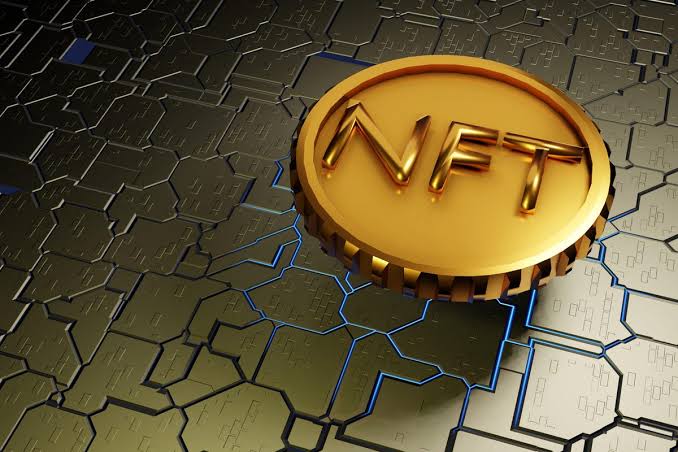
Coinposters
NFTs Are On Ethereum Layers 2

Ethereum is the most popular platform for creating and exchanging NFTs. According to this 1confirmation research, the Ethereum ecosystem accounted for 90% of the NFT trading volume in 2021. Users prefer it for its security, decentralization, and liquidity. Nonetheless, due to the high gas prices, it has become increasingly difficult for small investors to operate in Ethereum. This website allows you to examine the prices for minting, bidding, and listing NFTs on the Ethereum blockchain.
As a result of this, many retail investors are turning to alternative blockchains such as Binance Smart Chain, Solana, and Fantom. The truth is that none of these networks has the same level of development and opportunity as Ethereum does. Fortunately, there is a solution that could become commonplace by 2022.
Layer 2s are the most visible answer to Ethereum scalability difficulties. These are protocols that are created on top of the main chain to boost scalability while leveraging Layer 1 security. Most L2s are based on rollups, which means they work by grouping together a number of off-chain transactions and delivering a proof of those transactions to the L1. As a result, the gas price is distributed across hundreds of transactions.
There are two forms of rollups, which differ in how those bundled transactions are validated. On the one hand, there are optimistic rollups, which presume that all transactions are legal and allow anyone who notices a discrepancy to submit a fraud proof. The transaction is then evaluated individually to see whether it is honest or not. This technique works even when there is only one trustworthy entity watching over transactions.
Zero knowledge rollups, on the other hand, work by synthesizing the bundled transactions using a complicated encryption mechanism known as zero knowledge proof. This technique is capable of proving the validity of all transactions without displaying them.
These technologies can be leveraged to create NFT markets that use Ethereum’s security and development while charging 10x fewer costs. Let’s look at some Ethereum layer 2s that enable NFTs.
Arbitrum:
It is a hopeful rollup that runs on Ethereum; gas fees in this network are roughly 0.5 USD for a transfer and 0.8 USD for a swap. Treasure, NFT Alliance, Abrazaar, and Agora are the most popular NFT platforms on Arbitrum.
Optimism:
Another upbeat rollup, with gas fees of roughly $1 each transaction. Quixotic is the most popular NFT marketplace in Optimism, and the leading project is OptiPunks, a pfp (profile picture) collection.
Immutable X:
It is a Layer 2 with no prior knowledge that is solely focused on NFTs. Immutable X is currently offering no-fee transactions in its marketplace. The trading card game Gods Unchained is the most noteworthy collection.
Layer 2s are an Ethereum scaling option that can dramatically lower gas expenses. They function by executing transactions off-chain and submitting verification of those transactions to the main chain. Optimistic and zero knowledge rollups are the most prominent L2 mechanisms. The Ethereum L2 ecosystem is constantly expanding, yet it is still in its early phases. If these projects can get traction and obtain funding, their growth will be parabolic. Behind a rollup might be the next CryptoPunk or BAYC.
Latest
Ethereum
09 May 2024
Ethereum
19 Apr 2024
Ethereum
16 Jan 2024
Ethereum
31 Aug 2023
Ethereum
24 Jun 2023
Ethereum
24 Jun 2023













